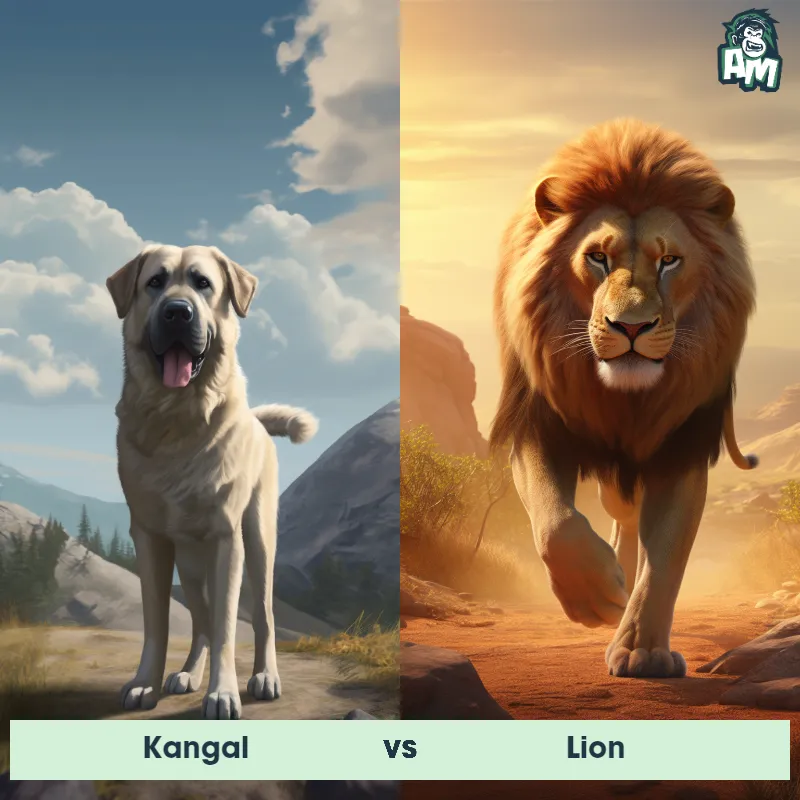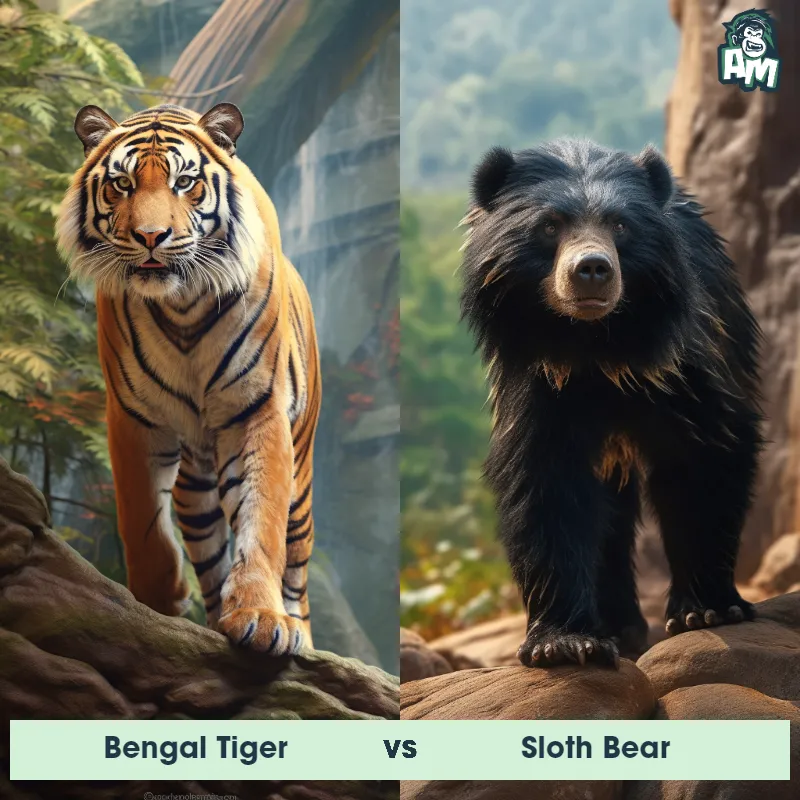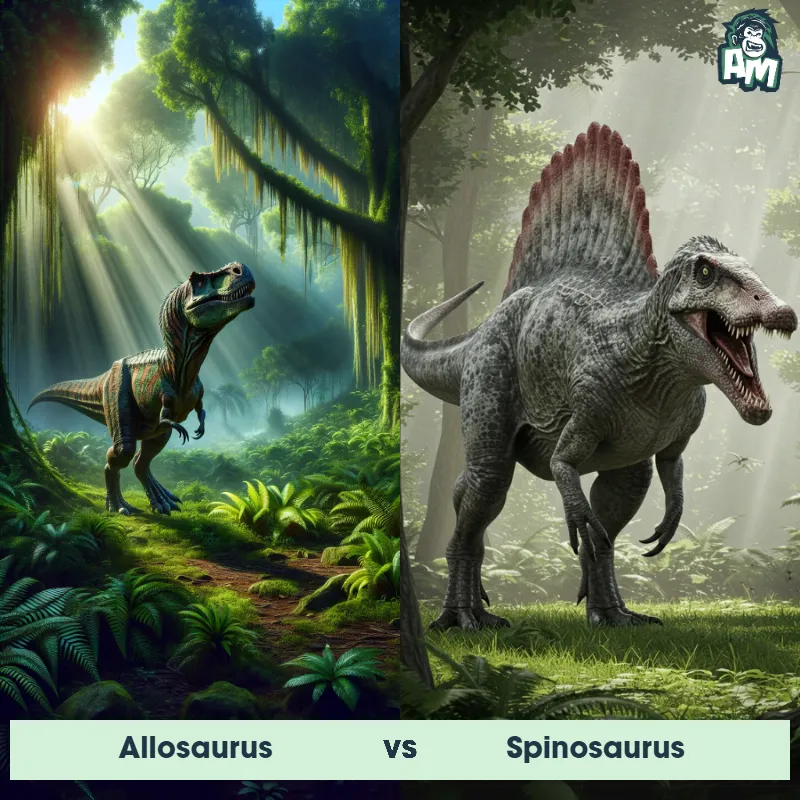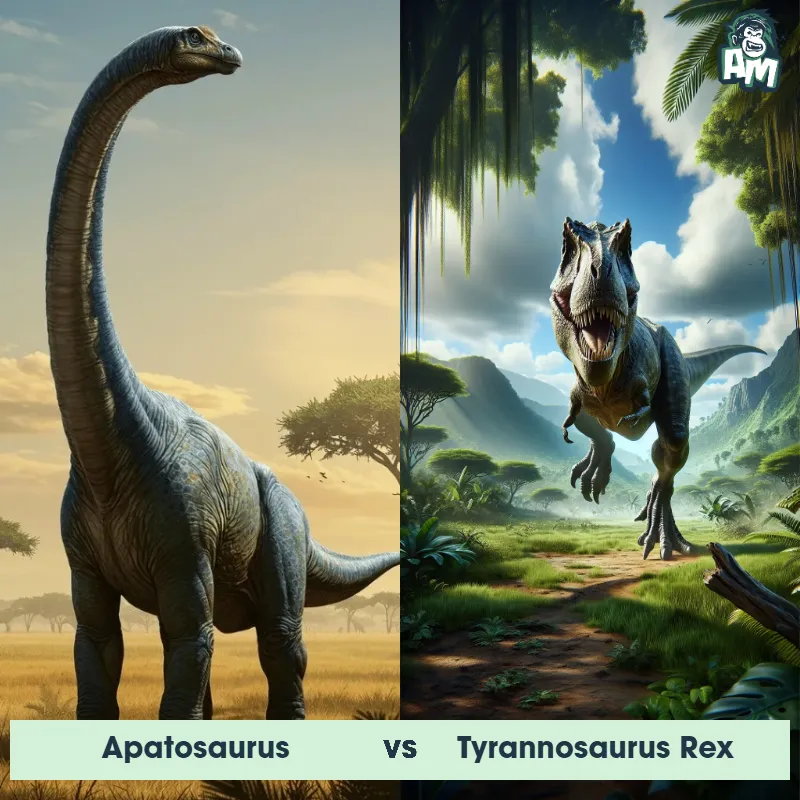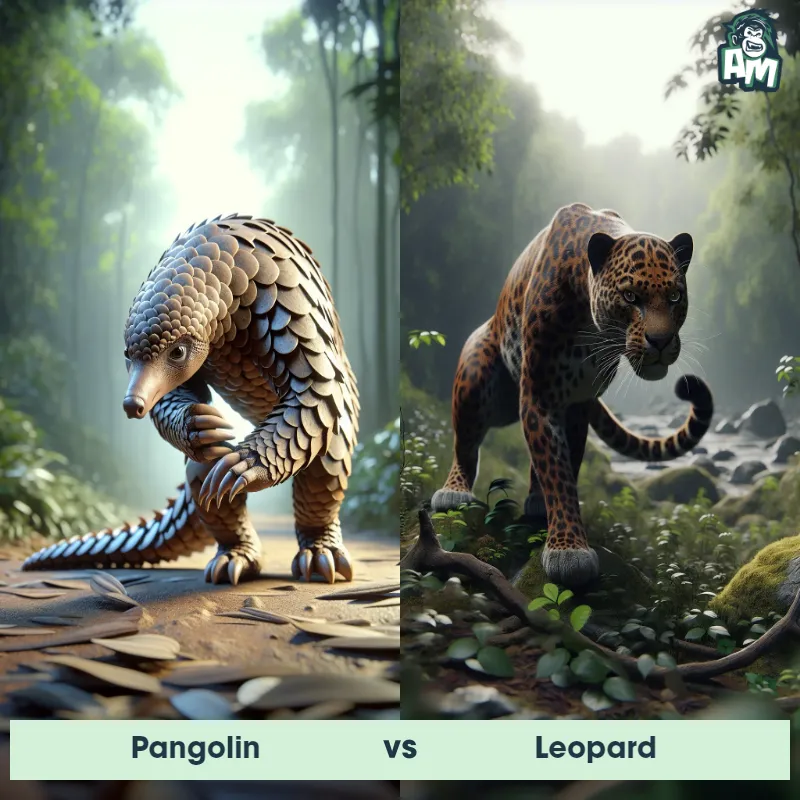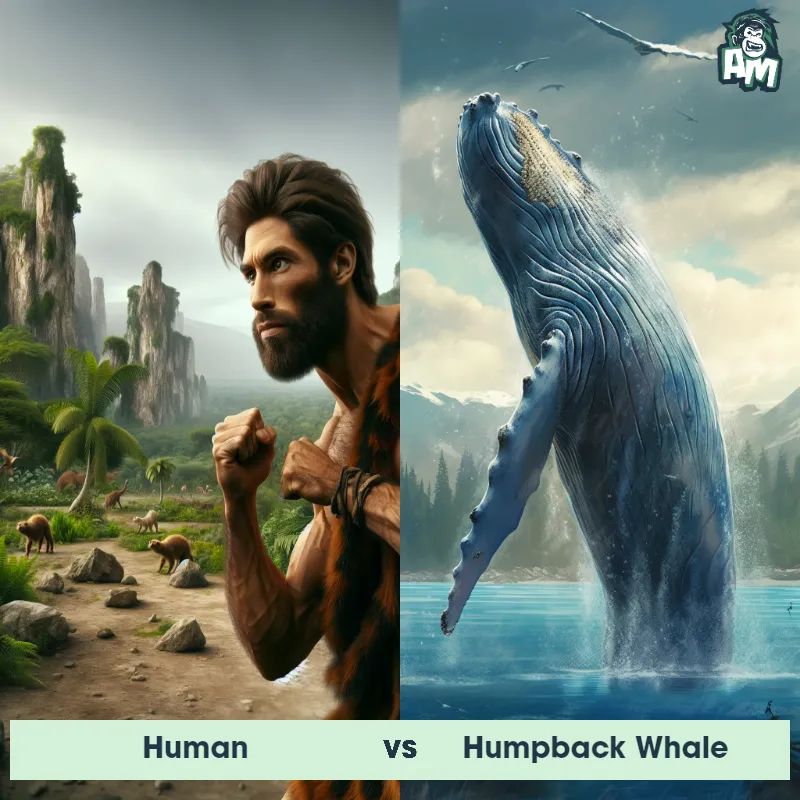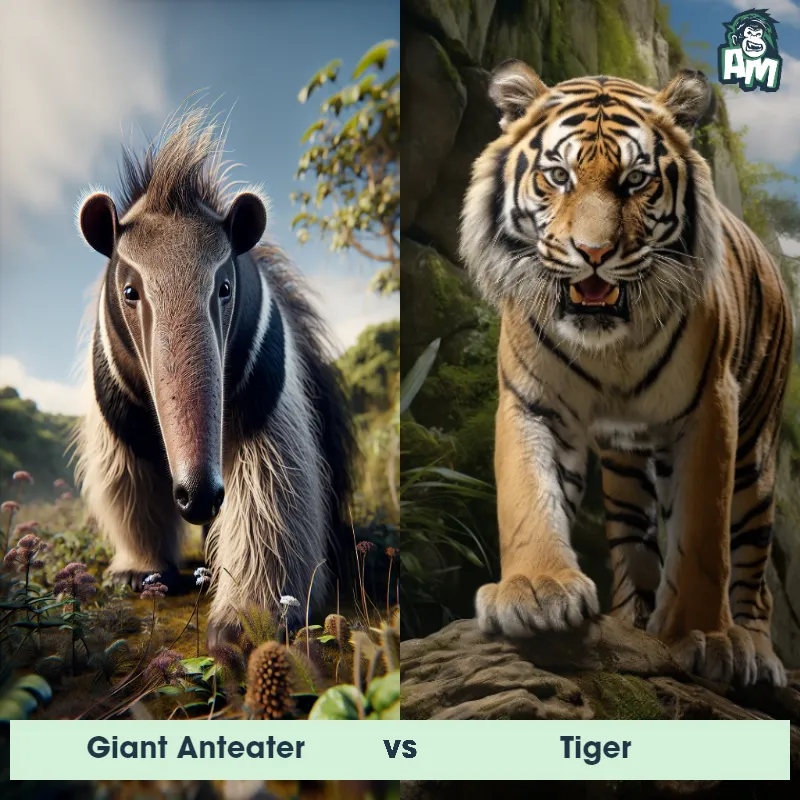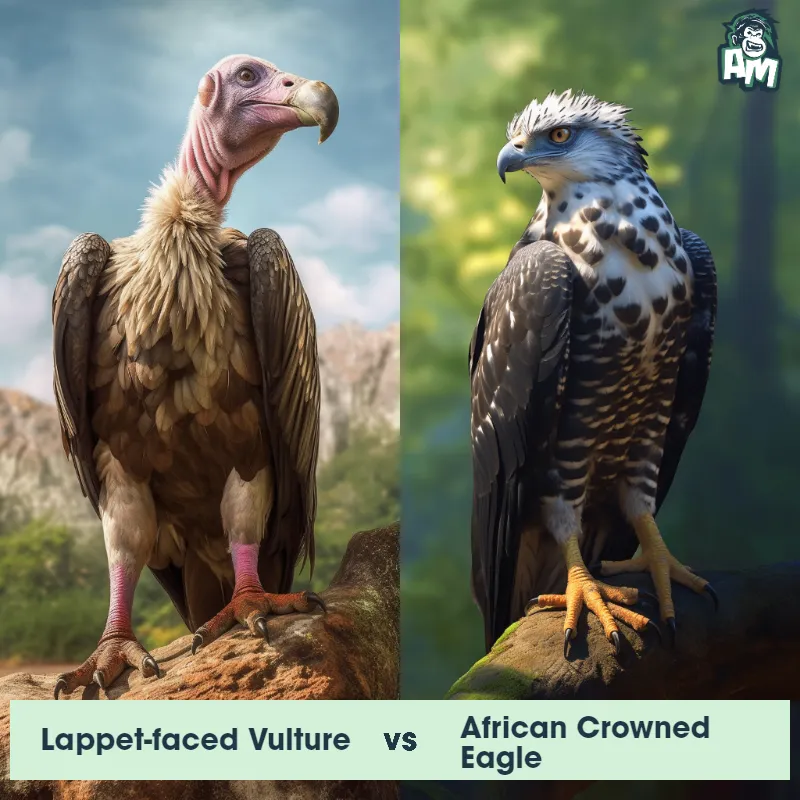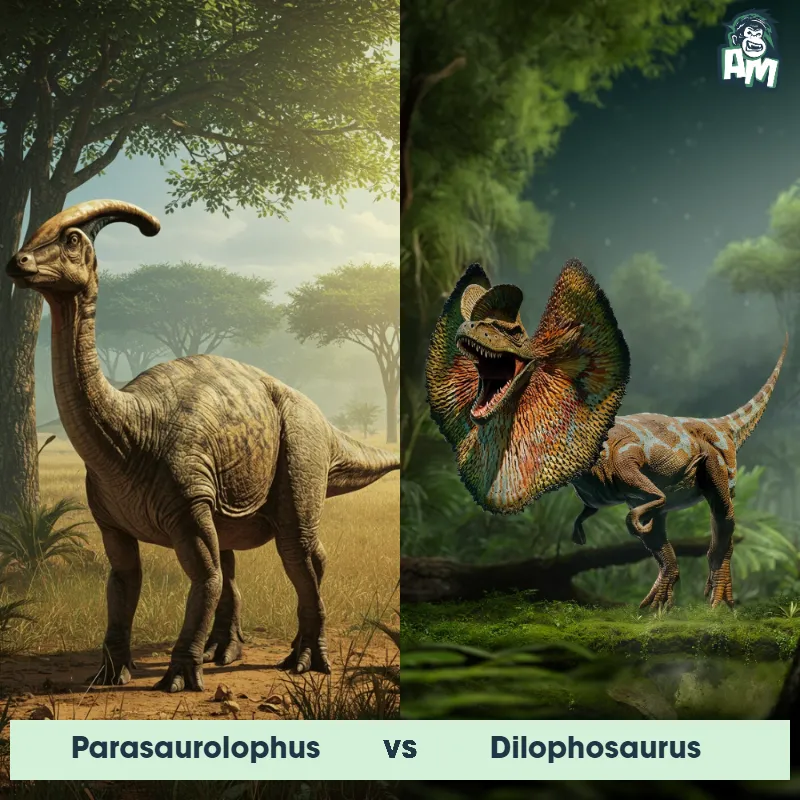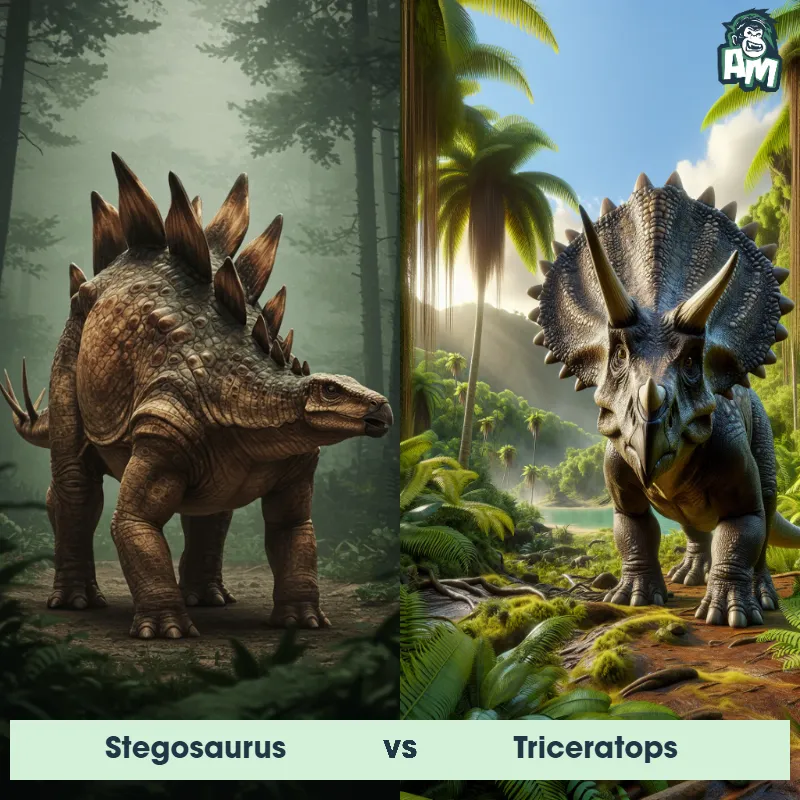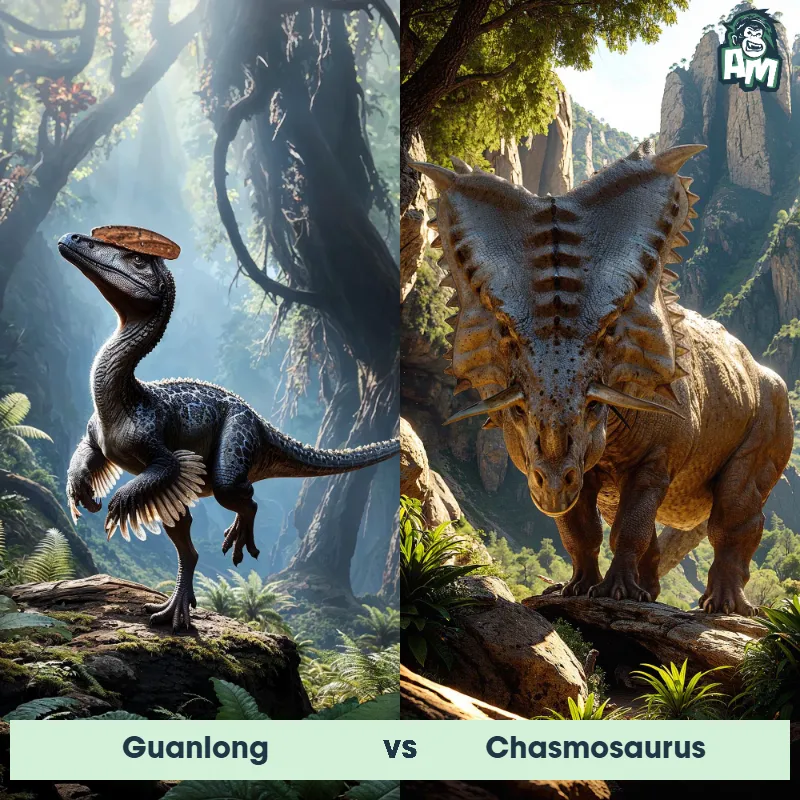Styracosaurus vs TriceratopsSee Who Wins
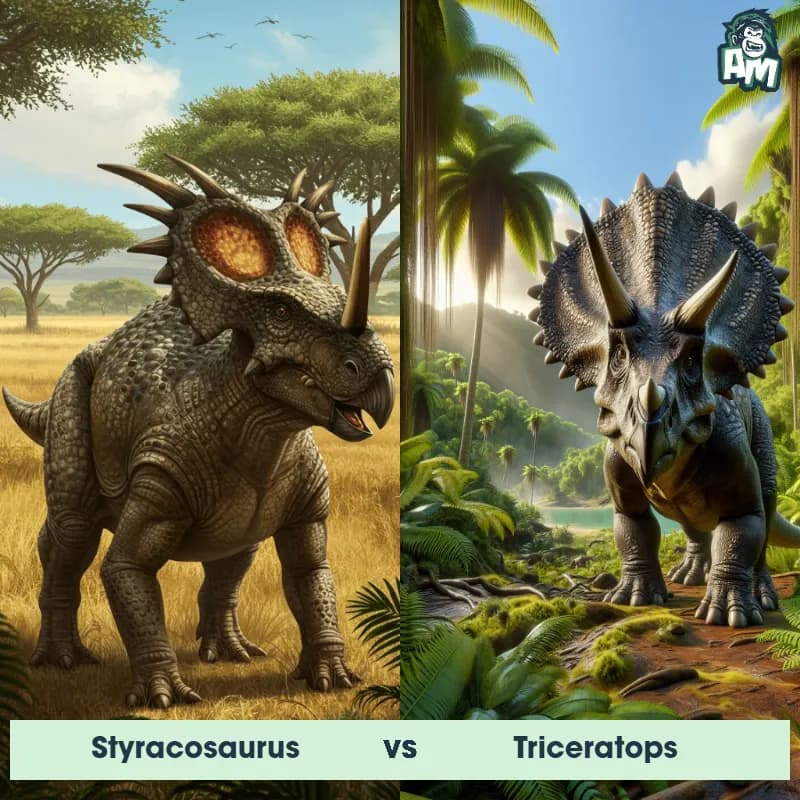
Welcome to this colossal confrontation, where two prehistoric giants clash in an epic showdown! The Styracosaurus, known for its singular, menacing central horn and fearsome frill, faces off against the mighty Triceratops, backed by its trio of formidable horns and massive shield-like frill. Let the battle of the titans commence!
Contender 1: Styracosaurus
The Styracosaurus, also known as the "spiked lizard," was a large herbivorous dinosaur that lived during the Late Cretaceous period. It stood on four legs and had a distinctive frill of large spikes protruding from its neck, resembling a crown. Its most prominent feature was a long horn extending from its nose, possibly used for display or defense. Styracosaurus had a bulky body, reaching lengths of up to 18 feet and weighing several tons.
Fun Fact: Styracosaurus had one of the most elaborate head adornments among ceratopsian dinosaurs, with up to six long spikes on its frill, a single horn on its nose, and smaller horns above its eyes.
Contender 2: Triceratops
Triceratops, commonly known as the three-horned dinosaur, was a herbivorous dinosaur that roamed North America during the late Cretaceous Period. It was characterized by its massive size, with the largest individuals reaching up to 30 feet in length and weighing over 10 tons. Its most distinctive feature was the three horns on its face – one on the snout and two above the eyes. Additionally, it had a large bony frill at the back of its head, which may have been used for display or defense.
Fun Fact: The horns of Triceratops were made of keratin, the same material found in our hair and nails, rather than bone.
Matchup Stats
| Styracosaurus | Triceratops | |
|---|---|---|
| Size | Up to 18 feet (5.5 meters) | Up to 30 feet (9.1 meters) |
| Weight | Several tons (metric units not specified) | Over 10 tons (9,071 kilograms) |
| Speed | 21-25 mph (34-40 km/h) | 15-20 mph (24-32 km/h) |
| Key Strength | Horn for defense | Horns for defense |
| Biggest Weakness | Possibly slower movement | Mobility due to size |
Current Votes
Styracosaurus vs Triceratops
See Who Wins
View More Matches
Looking For More?
Similar Matches
Scientific Stats
| Styracosaurus | Triceratops | |
|---|---|---|
| Scientific Name | Styracosaurus | Triceratops |
| Family | Ceratopsidae | Ceratopsidae |
| Habitat | Forested areas | Land |
| Geography | North America | North America |
| Diet | Herbivore, primarily fed on plants and vegetation | Herbivorous |
| Lifespan | 20 years - 25 years | 26 years - 30 years |
Key Differences between Styracosaurus and Triceratops
- Frill Shape: The frill of Styracosaurus was more elongated with spikes, whereas Triceratops had a shorter, solid frill with fewer and smaller decorative spikes.
- Body Size: Styracosaurus was generally smaller and lighter compared to the bulkier and heavier Triceratops.
- Number of Horns: Styracosaurus had a single prominent horn on its snout, contrasting with Triceratops, which had three main facial horns.
- Skull Length: Styracosaurus had a relatively shorter skull with a distinctive protruding nose horn, whereas Triceratops showcased a longer, more robust cranial structure.
- Horns: Styracosaurus had a single large nose horn and multiple long spikes extending from its frill, while Triceratops had one short nose horn and two long brow horns above its eyes.
- Frill Features: Styracosaurus adorned approximately four to six prominent spikes on its frill, while Triceratops possessed a relatively smooth frill edge.



